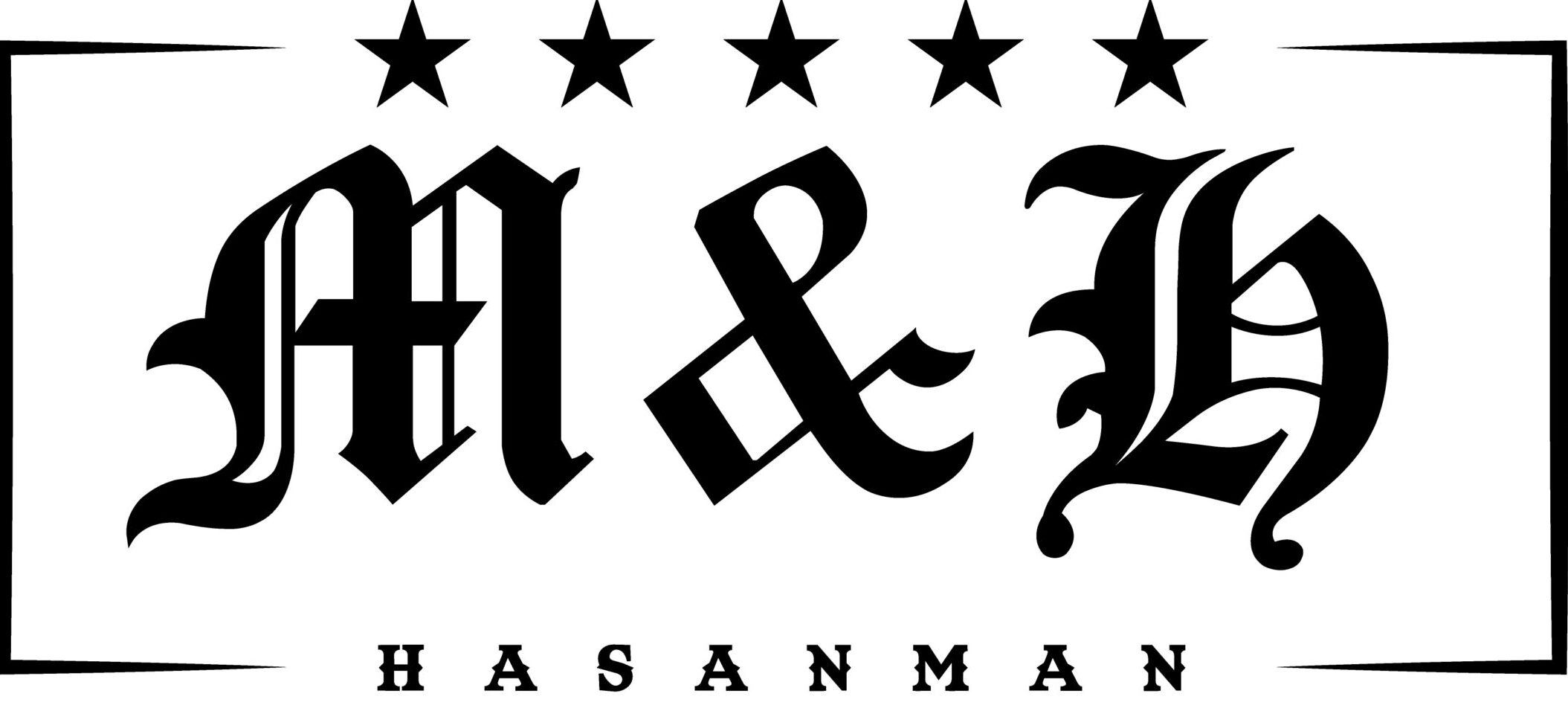The Evolution of Clothing
Clothing, also referred to as clothes, garments, dress, apparel, or attire, is a fundamental part of human life. It serves both functional and aesthetic purposes, providing protection and expressing individuality. Throughout history, clothing has evolved significantly, adapting to different cultures, climates, and societal norms.
The Origins of Clothing
The earliest forms of clothing can be traced back to prehistoric times. Initially, humans used natural materials such as animal skins, leaves, and grass to cover their bodies. These primitive garments provided basic protection against the elements and served as a form of modesty.
As civilizations developed, so did the techniques and materials used in clothing production. The invention of spinning and weaving allowed for the creation of fabrics from natural fibers such as cotton, linen, and wool. This marked a significant shift in the history of clothing, as it enabled the production of more durable and versatile garments.
The Influence of Culture and Fashion
Clothing has always been influenced by culture and societal norms. Different regions and time periods have their unique clothing styles, reflecting the values, beliefs, and traditions of the people who wear them.
In ancient Egypt, for example, clothing was not only a means of protection but also a symbol of social status. The wealthy adorned themselves with luxurious fabrics and intricate designs, while the lower classes wore simpler garments made from more affordable materials.
Similarly, during the Renaissance period in Europe, clothing became a form of artistic expression. Elaborate costumes and intricate embroidery were used to display wealth and social standing. Fashion trends changed rapidly, with new styles and silhouettes emerging regularly.
The Modern Clothing Industry
In the modern era, the clothing industry has become a global phenomenon. Advances in technology and manufacturing processes have made clothing more accessible and affordable than ever before.
Mass production and the rise of fast fashion have revolutionized the way we consume clothing. However, this has also led to environmental concerns and ethical issues surrounding labor practices. As a result, there is a growing movement towards sustainable and ethical fashion, with consumers seeking out eco-friendly and fair-trade clothing options.
Clothing has also become a means of self-expression and identity. Fashion trends come and go, and individuals use clothing to showcase their personal style and preferences. Whether it’s through bold colors, unique patterns, or statement accessories, clothing allows us to project our individuality to the world.
In Conclusion
Clothing has come a long way since its humble origins. From animal skins to high-tech fabrics, it has evolved alongside human civilization, reflecting our cultural, social, and personal identities. As we continue to progress, it is essential to consider the impact of our clothing choices on the environment and the people who make them. By embracing sustainable and ethical practices, we can ensure that clothing remains a positive and empowering aspect of our lives.

